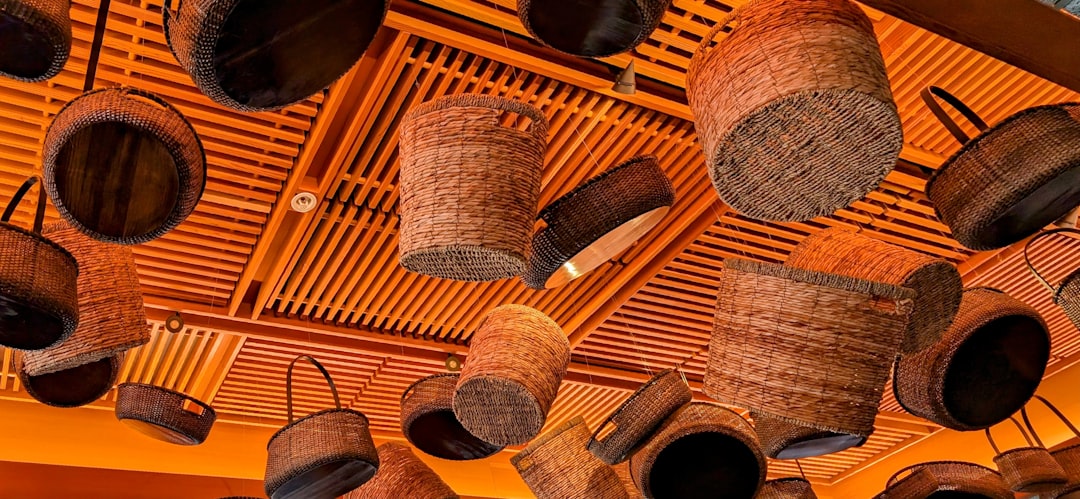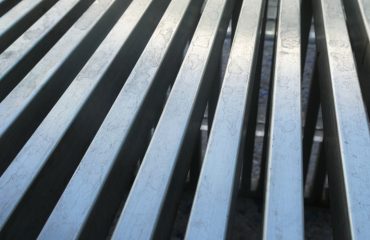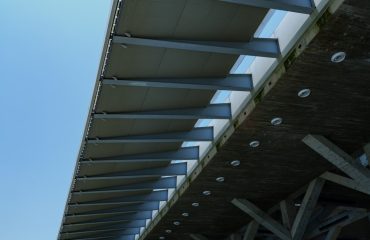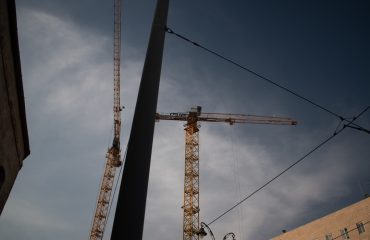Choosing the right pipe for your project is crucial, and understanding the differences between hot-finished and heat-treated pipes is key. Both are widely used in various industries, but their distinct properties dictate their suitability for specific applications. This comprehensive guide will delve into the intricacies of each, clarifying their manufacturing processes, mechanical properties, and ideal applications.
1. The Manufacturing Process: Hot-Finishing Explained
Hot-finished pipes undergo a process where steel is heated to a high temperature (above its recrystallization temperature), typically around 1100-1200°C (2012-2192°F). This elevated temperature makes the steel more malleable, allowing it to be easily shaped and rolled into pipes of the desired dimensions. The process involves several steps: Firstly, the steel is heated in a furnace. Secondly, it’s passed through a series of rollers to reduce its diameter and form the pipe. Finally, it’s cooled, often in air, resulting in a relatively quick cooling rate. This rapid cooling can lead to some internal stresses, but these are generally manageable. Hot-finished pipes are known for their excellent dimensional tolerances and relatively smooth surface finish. The process is cost-effective, making it ideal for large-scale production of pipes for general-purpose applications.
2. Heat Treatment: Enhancing the Properties of Steel Pipes
Heat treatment is a secondary process applied to pipes, often hot-finished ones, to modify their mechanical properties. This involves carefully controlled heating and cooling cycles to alter the microstructure of the steel. Various heat treatments exist, including annealing, normalizing, quenching, and tempering. Each process affects the steel’s hardness, strength, ductility, and toughness differently. For instance, annealing relieves internal stresses and improves ductility, while quenching and tempering increases hardness and strength. The specific heat treatment employed depends on the desired properties of the final product and the intended application. Heat treatment adds significant cost compared to hot-finished pipes alone, but it provides superior performance for demanding applications.
3. Mechanical Properties: A Head-to-Head Comparison
The mechanical properties of hot-finished and heat-treated pipes differ significantly. Hot-finished pipes generally exhibit good ductility and weldability but may have lower yield strength and tensile strength compared to their heat-treated counterparts. Heat-treated pipes, especially those subjected to quenching and tempering, possess higher yield strength, tensile strength, and hardness. However, they may have reduced ductility and weldability. This trade-off between strength and ductility is crucial in selecting the appropriate pipe for a specific application. Factors like impact resistance and fatigue strength also vary depending on the heat treatment process. Detailed specifications, often provided by manufacturers, should be carefully reviewed for precise properties.
4. Applications: Where Each Pipe Type Excels
The choice between hot-finished and heat-treated pipes depends largely on the intended application. Hot-finished pipes are suitable for applications where high strength isn’t paramount, such as low-pressure water lines, irrigation systems, and general construction projects. Their cost-effectiveness makes them a popular choice for large-scale projects with less stringent requirements. In contrast, heat-treated pipes find applications in high-stress environments demanding superior strength and durability. Examples include oil and gas pipelines, pressure vessels, and components in heavy machinery. The higher strength and resistance to fatigue make them ideal for applications where failure could have significant consequences.
5. Cost Considerations: Balancing Performance and Budget
Hot-finished pipes are generally less expensive to produce than heat-treated pipes. The simpler manufacturing process and lack of secondary heat treatment contribute to this cost difference. This makes hot-finished pipes an attractive option for projects with budget constraints. However, the lower cost often comes at the expense of performance. Heat-treated pipes, while more expensive, offer superior mechanical properties crucial for critical applications where failure is unacceptable. Therefore, a cost-benefit analysis is essential. The potential cost savings from using hot-finished pipes must be weighed against the potential risks and costs associated with failure in demanding applications. Ultimately, the optimal choice depends on the balance between performance requirements and budgetary limitations.
Understanding the differences between hot-finished and heat-treated pipes allows for informed decisions in selecting the appropriate material for any project. By considering the manufacturing process, mechanical properties, applications, and cost, engineers and contractors can ensure the safety and longevity of their projects.
SEO Tags:
- Hot-finished pipes
- Heat-treated pipes
- Steel pipe manufacturing
- Pipe mechanical properties
- Industrial pipe applications




